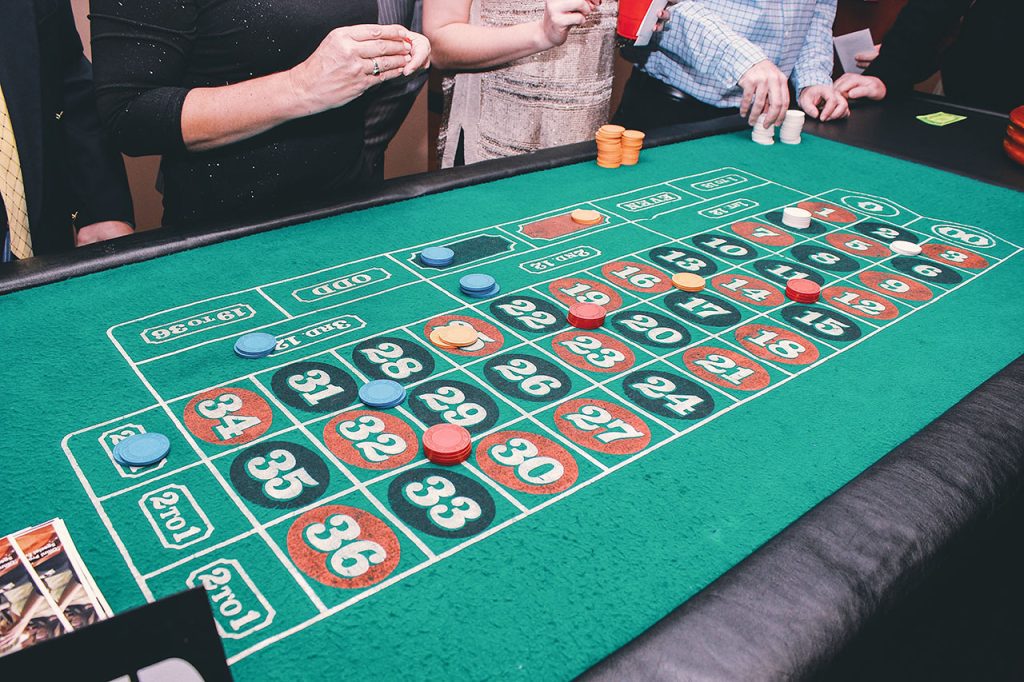Cheating has always been an issue with casino games. One of the reasons people try unethical means to win at these games is because they are too hard to beat. For instance, roulette is considered one of the hardest casino games. Experts claim that casinos will always have an edge in roulette. Therefore, players try different hacks to beat roulette.
While players have been able to make significant profits through different techniques, most of them get caught. Therefore, we don’t recommend cheating to win at roulette. Nevertheless, we will explain some methods that players have used over the years to win at roulette.
1. Magnetic Balls
The magnetic ball trick is unusual and exceedingly challenging because casinos use CCTV, but some roulette gamblers may still do it. This technique merely entails substituting a magnetic ball for the genuine one for the cheaters to manipulate the ball’s behavior using magnetic pulses.
A cheater might theoretically influence where the ball falls by inserting a magnet in the table and another in the ball. However, it might be challenging to consistently get the ball to fall in the same spot because several forces are at play when the wheel is rotating.
2. Past Posting
Some roulette gamblers, dissatisfied with their low earnings, turn to a strategy called past posting. The idea of past posting, sometimes called “late betting,” is rather straightforward. Once you are certain that your wager will win, you add more chips to it.
It will take the croupier a fraction of a second to search the spaces, locate the ball, and then move their eyes back onto the table before announcing the number when they are looking at the wheel to see where the ball ended up. At this instant, past posting fraudsters discreetly increase large sums to their winning wager using dubious methods.
Past posting has its disadvantages. For instance, when you signal for final bets, a competent croupier is trained to examine and memorize the bets already in play so they can detect your modest chips suddenly turning into huge ones.
When you’re looking at the croupier, a casino employee who is not in your line of sight may catch a glimpse of you making the changeover. Additionally, high-definition cameras capture each motion you make. So when you add it all up, this cheating tactic is not worth the danger.

3. Collaborating With a Croupier to Create Fraudulent Winners
Another roulette scam is making friends with the dealer and gradually persuading them to be more lenient with your bets. First, a dealer and a gambler devise a strategy outside the casino. Then, the player would look for the dealer’s table every time they come to gamble.
Once seated at the table, the player places bets as usual. Additionally, the dealer will covertly add chips to their successful wagers while acting as though they are unaware of any late bets.
This strategy functions best when there are not any other gamblers present to notice the unusual conduct during quiet times. The likelihood that the offenders will be caught is increased by the presence of players who are not involved in the scheme. However, multiple casino security systems are in place to guard against this, so this cheating approach might not always work.
4. Computer Programming
Online casinos are dealing with an upsurge in skilled fraudsters who employ cutting-edge technology to succeed. The most popular approach uses computers, which can identify misleading statistics or forecast which pocket the ball will fall in by applying the rules of physics.
Numerous businesses even provide applications or software that make the winning number prediction guarantee. A few renowned cheaters have been known to spot biased wheels or anticipate winning pockets in casinos using computer programming.
It’s not technically illegal to employ computer software to gain an advantage over the house, but doing so might result in a lifetime ban from the site.
5. Wheel Gaffing
Wheel rigging, also known as wheel gaffing, involves modifying the roulette wheel to favor particular numbers. This can be accomplished by loosening particular areas of the wheel. It can increase the likelihood of the ball landing in certain sections.
However, it’s important to remember that this is simply a short-term event because a casino’s automatic software will soon identify this bias. Having said that, if you know the wheel’s lowest bounce location, you can profit from it until the casino learns of the alteration.
Another method of rigging the wheel involves modifying the frets that separate pockets. Wooden frets can be shaved down to reduce the barrier that prevents the ball from landing in the affected pockets. Pierre Dugal is the most well-known gambler who employed wheel gaffing to profit. The restrooms of French casinos from the 19th century were the hideouts for this craftsman.
He waited until a casino shut, then used his carpenter’s equipment to visit the gambling area. Dugal used his expertise to reduce the size of frets and pockets to increase the likelihood of the ball landing in them. Then, during business hours, he would arrive with relatives and wager on those pockets. He accumulated a fortune using this trick.
Final Thoughts
It’s hard to argue that manipulating roulette odds doesn’t seem enticing. But, it is crucial to keep in mind that most people would not choose to incur the high amount of danger associated with dishonesty. Fraud in roulette and other casino games carries a significant risk of penalties and punishment.
For instance, cheating is a state crime in Las Vegas. Therefore, you should always avoid cheating because the stretch of free cash always ends, leaving the roulette scammer with just prison, punishment, and a damaged reputation as their only assets.


Leave a Reply